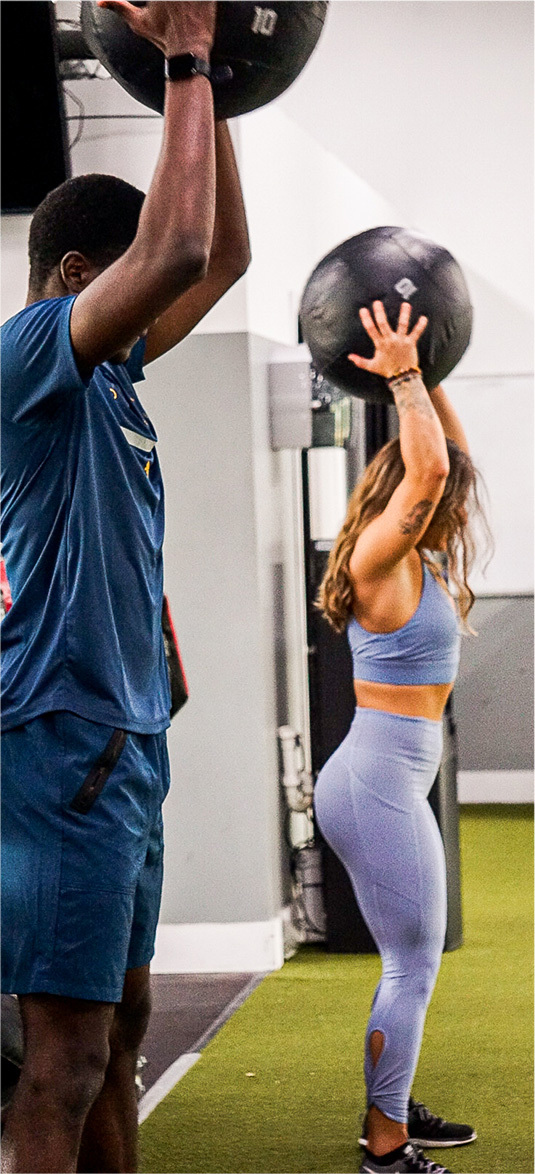
Discovering your client exhibits an excessive forward lean during an overhead squat can be a pivotal moment. This common issue, often spotted during NASM assessments, hints at underlying muscular imbalances that need addressing. Here’s a step-by-step guide to understanding and rectifying this squat form challenge.
Step 1: Identifying Overactive and Underactive Muscles
Start by pinpointing potential overactive muscles contributing to the forward lean, such as the calf complex, hip flexors, quadriceps, and the abdominal complex. Recognizing these allows for a targeted approach in rectifying the squat posture.
Step 2: Addressing Ankle Mobility
Ankle restrictions often lead to compensations like the forward lean. Enhancing ankle mobility through specific drills can significantly improve squat form. Consider incorporating ankle mobility exercises as a part of your client’s routine to facilitate a more upright squat position.
Step 3: Utilizing Heel Elevation
While working on ankle mobility, heel elevation during squats can help maintain a more upright torso. This temporary modification allows continuous training of the squat pattern without compromising form, ensuring clients still achieve their physiological goals.
Step 4: Mobilizing Overactive Muscles
Transition to mobilizing overactive areas, particularly focusing on the hip flexor complex. Active, isolated stretching can effectively increase flexibility in these muscles. Techniques like squeezing the glutes during a stretch can activate underactive muscles, promoting balance.
Step 5: Activating Underactive Muscles
Emphasize exercises that activate underactive muscles, such as the anterior tibialis, glute max, and erector spinae. Glute bridges, especially with posterior pelvic tilting, can ensure glute activation while minimizing the involvement of overactive muscles.
Step 6: Integrating Into Full Movements
After mobilization and activation, integrate these improvements into full-body exercises. Continue to monitor and adjust squat form, reinforcing proper mechanics and gradually reducing modifications like heel elevation as mobility and muscle activation improve.
Conclusion
Addressing an excessive forward torso lean in the overhead squat requires a comprehensive approach, focusing on both mobility and muscle activation. As a NASM-certified trainer, your ability to identify and correct these issues not only enhances your client’s performance but also their safety and overall satisfaction with their training progress. Remember, patience and consistency are key in transforming squat mechanics.
——————————————-
In this video, Axiom Instructor Joe Drake, discusses the cause of excessive forward torso lean and introduces the process on how to address this common issue.
Want to grab our free study guide?
Click here: http://axiomfitnessacademy.com/study-guide-download






